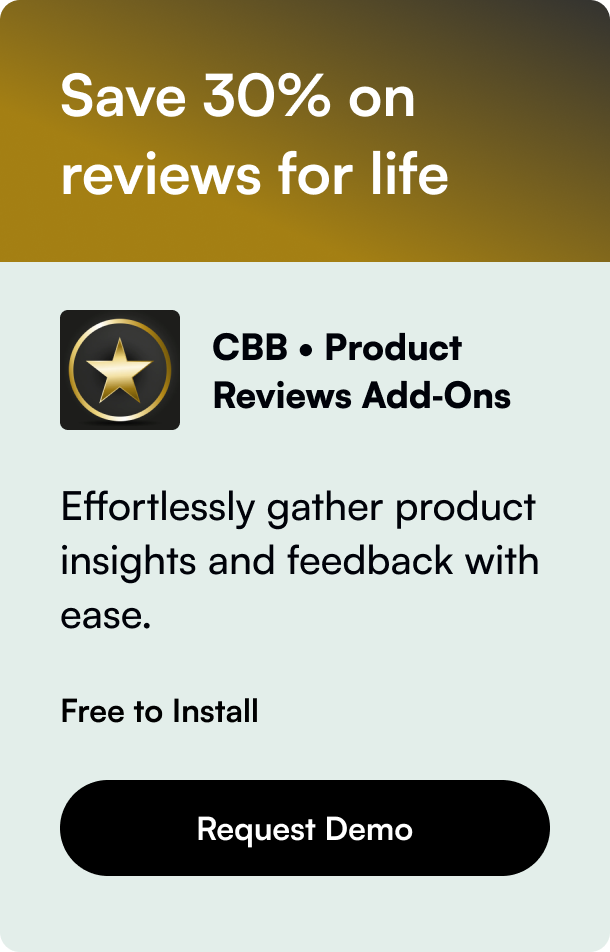Table of Contents
- Introduction
- Understanding Shopify User Roles: Admin, Staff, and Collaborator
- How to Add an Admin to Your Shopify Store
- Managing User Permissions and Access Levels
- Best Practices for Shopify User Management
- Troubleshooting Common Issues
- Conclusion
- FAQ
In the fast-paced world of eCommerce, managing a Shopify store can be both rewarding and challenging. As your business grows, so does the volume of tasks that need your attention. One of the most effective ways to manage this workload is by delegating tasks to trusted team members or collaborators. This brings us to the pivotal question: how do you seamlessly add an admin to your Shopify store? Adding users with varying roles and permissions not only helps distribute the workload but also enhances the security and efficiency of managing your store. Let's dive deep into the process of adding users to your Shopify store, assigning appropriate roles, and utilizing best practices for user management.
Introduction
Have you ever felt overwhelmed by the sheer volume of tasks involved in managing your Shopify store? Imagine this: orders are pouring in, inventory needs updating, customer queries are piling up, and amidst all this, you're trying to focus on growing your business. The solution? Delegating tasks by adding admins and staff to your Shopify store. But how exactly do you go about this process?
In this comprehensive guide, we'll walk you through the essentials of adding admins and staff to your Shopify store, understanding user roles, managing permissions effectively, and implementing best practices for a streamlined workflow. By the end of this post, you'll be equipped with the knowledge to expand your team's capabilities, enhance store management efficiency, and seize more opportunities for growth.
Whether you are a solo entrepreneur looking to onboard your first employee or a thriving business aiming to scale operations, this guide is tailored for you. Let's unlock the full potential of collaborative store management on Shopify.
Understanding Shopify User Roles: Admin, Staff, and Collaborator
Before we delve into the process of adding an admin, it's crucial to understand the different roles available on Shopify and what each entails:
Admin: An admin has full access to the Shopify store and can manage every aspect, from handling sensitive financial information to modifying store settings. Typically, this role is reserved for the store owner or trusted high-level managers.
Staff: Staff members are granted specific permissions to access certain parts of the Shopify admin. This role is perfect for employees or team members responsible for day-to-day operations like fulfilling orders, managing inventory, or handling customer service.
Collaborator: Collaborators are external parties, such as agencies or freelancers, who need temporary access to your Shopify admin for specific projects. You can control the areas they can access, ensuring they have just enough permissions to get the job done without compromising security.
How to Add an Admin to Your Shopify Store
Log into your Shopify admin: Ensure you have the necessary permissions to add users if you're not the store owner.
Navigate to the 'Users and permissions' section: Here, you'll find options to add or manage users.
Select 'Add staff' or 'Add user': This depends on your Shopify plan and the terminology might slightly differ.
Enter the new user's details: Include their email address and, optionally, personalize the invitation message.
Assign a role: Decide if the new user will be an Admin, Staff, or Collaborator. This will define their access level and permissions.
Configure permissions: For staff members, you can fine-tune their access to certain areas of the Shopify admin, ensuring they only have access to what they need.
Send invitation: The user will receive an email inviting them to set up their account. Once accepted, they'll have access based on the permissions you've set.
Managing User Permissions and Access Levels
Effectively managing user permissions is vital in ensuring operational efficiency while safeguarding sensitive information. Shopify allows detailed customization of user permissions, encompassing sales channels, products, customers, discounts, and reports. Leveraging this feature to assign only necessary permissions to each user role will minimize risks and promote a secure environment for your Shopify store.
Best Practices for Shopify User Management
Regularly review user permissions: Businesses evolve, and so do roles. Periodically assess user roles and permissions to ensure they align with your current operational needs.
Use strong authentication methods: Encourage or enforce policies such as two-factor authentication to enhance account security.
Educate your team: Make sure all users understand the importance of data privacy and security practices. A knowledgeable team is your first line of defense against potential breaches.
Establish a clear onboarding process: When adding new users, have a standardized onboarding process that includes training on Shopify's functionalities relevant to their roles.
Monitor activity: Regularly check user activities, especially for users with access to sensitive information. Shopify's 'Login history' feature can be useful for this purpose.
Troubleshooting Common Issues
Despite best efforts, you might encounter issues when adding or managing users. Common problems include invitation emails not being received (check spam folders and verify email addresses), incorrect permissions (double-check assigned roles and permissions), or users unable to access certain functionalities (ensure they're using the right login credentials).
Conclusion
Empowering your team by adding admins and staff to your Shopify store is a strategic move towards greater efficiency, security, and growth. By understanding different user roles, carefully assigning permissions, and adhering to best practices, you can create a seamless workflow that lets you focus on scaling your business. Remember, a well-managed team not only drives operational success but also contributes to creating memorable experiences for your customers.
FAQ
Q: Can I limit a staff member's access to specific areas of my Shopify store?
A: Yes, Shopify allows you to customize permissions for staff members, granting them access only to the areas they need to manage.
Q: Is there a maximum number of users I can add to my Shopify store?
A: The number of staff accounts you can add depends on your Shopify plan. Be sure to check your plan details for specific limits.
Q: Can collaborators make changes to my store settings?
A: Collaborators can only access and make changes to the areas you’ve permitted. Store settings and other sensitive areas can be restricted.
Q: How do I remove a user from my Shopify store?
A: You can remove users by going to the 'Users and permissions' section in your Shopify admin, selecting the user you wish to remove, and clicking the 'Remove' button.
Q: What should I do if a user encounters an error message when trying to access their account?
A: Verify the user's permissions and ensure they're using the correct login credentials. If the issue persists, contact Shopify support for further assistance.









